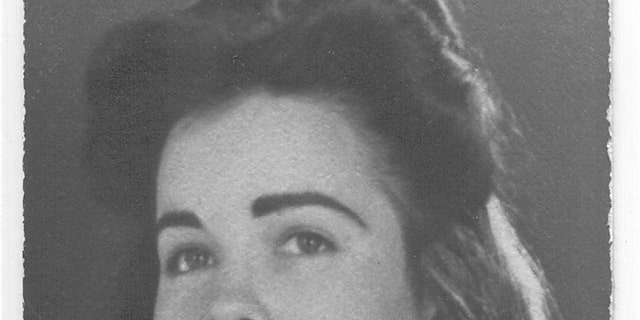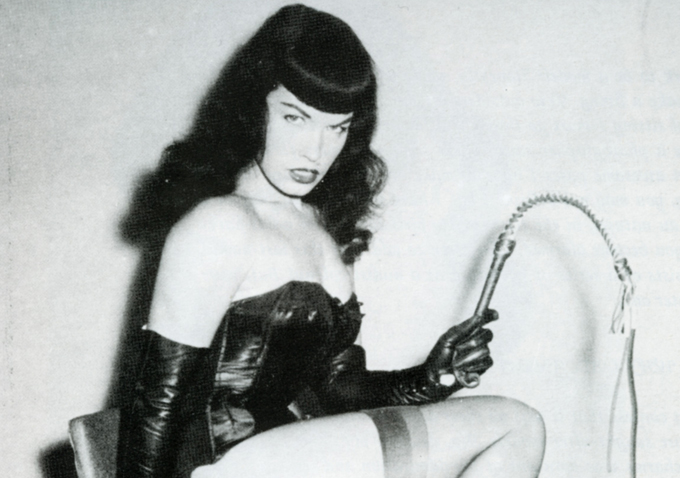
Consider the transformation of Norma Jean Mortenson into Marilyn Monroe. Indeed, Borges’ fear that a public face might replace a private self is manifest in number of iconic figures’ lives. These are people who, after all, are better ‘known’ (or felt to be known) as their public selves by far more people than they are ‘known’ by an individual in a meaningful way. Celebrities in particular may find Borges’ conundrum to be especially relatable. While he would like these separate selves to be seen as discrete, he struggles as he sees them collapsing into one another. Borges is struggling between a sense of a “real” self and the representations of self that emerge through our public personas. Nevertheless, the core of Borges’ crisis is complicated despite its seemingly binary nature. Lord knows the digital age, with its shifting avatars in various forums, its shifting identities on MySpace pages and blogs, makes Borges existential crisis seem these days to be positively simplistic. She was no longer my mother, but someone else, and the transformation had taken place right before my very eyes. The phone would ring and suddenly her “telephone voice” would emerge, sounding alien, formal, and quite distinct from the voice that I had just been listening to. I realized this first as a child, when talking with my mother. Thus, the story ends in a frustrated confusion about expressing a real sense of self at all: “I do not know which of us has written this page.”Ĭertainly everyone at times wears a ‘public’ and ‘private’ face. Ironically this “I” realizes that, by publishing the story, the “I” has been subsumed in some way on the page itself by the authority of the public version of himself, “Borges”. Borges begins this story of fractured identity with a simple statement, “ To the other one, to Borges, is to whom things happen.” He goes on to then make observations about the interests and life of this “Borges”, the author, that has gained some celebrity for his short fiction and about himself, the speaker (who, perhaps represents some kind of essential self removed from the public eye that we as readers are unaware of), and the difference between the interests and life of this other person, “I”. In 1957, Jorge Luis Borges published a short story called “Borges y Yo” (most often translated in English as “Borges and I”) that confronts the problem of the dual identity of public figures. Who could know that Page still lived to 2008 when her image had persistently replaced her self for over 50 years? On the announcement of the death of Bettie Page this month, or at least, the death of the woman who represented the image we’ve all grown so accustomed to, I found myself reading through blogs and other memorials that repeated a common observation about celebrities that die at a ripe old age: “Gee, I didn’t even realize that she was still alive.” Never has that phrase struck me as more profoundly true than with the death of a celebrity whose sole claim to fame was for her presence as an image. That Bettie has been with us photographically since the ’50s and the likelihood that she will remain stretched out across Hot Topic T-shirts or reclining across the arm of a suicide girl seems likely for the foreseeable future.



Dark hair, the bangs, the gleeful smile, leather, stilettos. The image of Bettie Page is living, persistent.


 0 kommentar(er)
0 kommentar(er)
